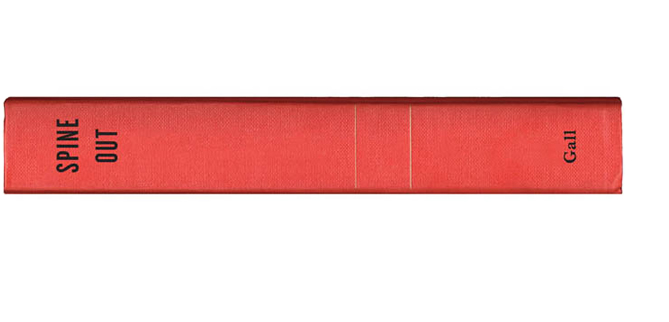11/30/09
Too Much of a Muchness
11/27/09
11/26/09
11/24/09
Word



11/22/09
Government Preparedness

Best of the Oughts

Book Cover Archive chooses its best of the 2000s and includes some Vintage titles. Jamie Keenan's cover for Faster: brilliant in any decade.
11/20/09
11/18/09
Vlad Squad

11/15/09
Favorite cover of all time

On a related note, a one man show by Patrick Borelli about bad/weird book covers is at the Upright Citizens Brigade Theater. This Wednesday. Only $5. Preview here.
11/12/09
Techno Wine, Gilded Pig Parts, and Full-Time Eating

11/9/09
11/6/09
11/3/09
The cover that keeps on giving
The novel was called Remainder and was written by Tom McCarthy. The story concerns a man who is involved in an unexplained accident—something falls from the sky—and he suffers an unspecified head trauma. This results in the following: 1) the man loses the ability to "connect" to the outer world and 2) he receives a huge cash settlement. In order to re-establish some authentic feelings, our hero uses his money to construct elaborately detailed re-enactments of distant memories.
For example: he remembers opening his apartment door, hearing someone practicing piano, smells frying liver, hears a cat fall from a roof, and about a dozen other things during a 20 second walk down a flight of stairs. In order to recreate this moment, he scouts locations, buys an exact replica apartment building, hires actors and animal wranglers, etc, who are on call 24-7. He scripts the whole thing, then re-enacts this moment over and over and over again. Its part novel, part conceptual art, part performance piece.
I knew from the outset I did not want to do anything literal with the cover. It had to be a stand-alone concept. A discussion with the author yielded an important detail. One of the things that he liked about the title "remainder" was that it referenced remaindered books—those books that go unsold and are dumped into discount book stores like The Strand.
So the initial idea was to make this cover appear as if it were a damaged book—a reference to the "remaindered book" thing and to the head injury. A cover was designed and approved and printed. All the creases and dents were embossed. Quite beautiful. The repetition of the title (something I've always wanted to do) on the front refers to the repetitive nature of the events. Then something happened. It wasn't that anyone disliked the cover, but there was some talk starting that maybe the cover was too quiet. This was being published as a paperback original so it has to compete in that marketplace—that's a whole 'nother blog post. Then someone asked me if I had seen the UK cover—always a bad sign. I thought I should nip this in the bud.
There is a scene in the book where they recreate a moment that has the protagonist in a car with wiper fluid spewing out of the vents, flooding the car's interior. So I started to think, what if this book is sitting on the front seat of the car while this takes place. Somewhat literal, yes, but a starting point. I did a quick little experiment, then called the incredible Geoff Spear to do a proper photo shoot. This resulted in the final cover.
I admit to having a tinge of doubt about the final cover from a conceptual standpoint, since I did not want to use any literal references. But everyone seemed to like it and it made some kind of sense. So be it.
A couple weeks later Geoff sends me some shots of the studio setup. I had forgotten what we had to do to create this seemingly simple photo. Water tank, blue fluid, clamps, lights, backdrops, buckets, wires, we even had someone stirring the water in the tank just so to create the perfect ripple. We had become characters in the book! Concept sealed. We then sent the author a framed copy of the studio photo.
The book comes out. Gets deservedly great reviews. We get some weird things sent in from readers, like this guy, who dropped his book on a slushy road, had it run over a bunch of times and decided to document it.
About a year later, the editor forwards me an email from the author. He was having an argument with a photographer friend who was insistent that, no, the photo session had NOT taken place, that the actual cover was some kind of digital rendering and we had constructed a "fake" photo shoot to provide evidence that the event had taken place. This is moon-landing territory, people. I thought it was brilliant. So brilliant that I'll have to save it for his next cover.


















